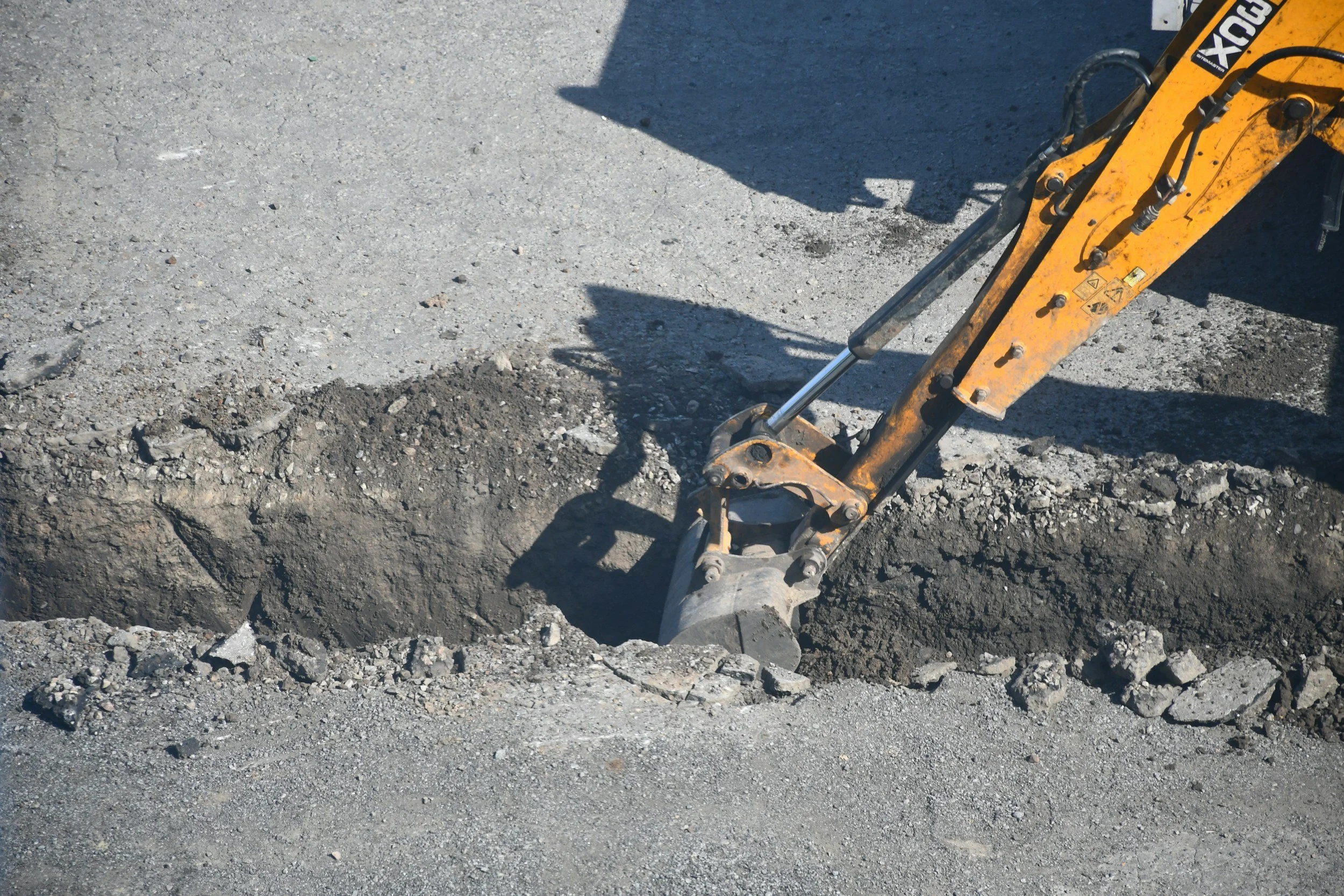1. What Is A Written Scheme Of Investigation?
A Written Scheme of Investigation (WSI) is a formal document that outlines how any archaeological work required as part of a planning condition will be carried out.
It describes the scope, aims, and methods of the investigation — ensuring that archaeological remains are correctly understood, recorded, and preserved in accordance with national policy.
At European Archaeological Surveyors, our WSIs follow Historic England’s Advice Note 17: Planning and Archaeology (HEAG 314), which provides the recognised national standard for good archaeological practice in the planning process.
We also ensure that our documents meet the requirements of local authorities and curatorial archaeologists.
2. Why You Need One (And When)
Most local planning authorities will attach a condition to planning permission when there’s potential for archaeological remains to be present on a site.
This condition typically states that “no development shall take place until a Written Scheme of Investigation has been submitted to and approved by the local planning authority.”
A WSI is therefore essential for:
New developments on previously undeveloped or historic land
Extensions or groundwork in archaeologically sensitive areas
Redevelopment sites with historical significance
Discharge of planning conditions related to archaeology
By submitting a professional WSI early, you ensure your project can progress smoothly through planning, avoid unnecessary delays, and demonstrate compliance with NPPF (2023) Paragraph 208–215 and HEAG 314.
3. What We Cover – Our WSI Service
We provide tailored Written Schemes of Investigation that are clear, compliant, and practical for real-world development timelines.
Each WSI we prepare includes all the components recommended by Historic England and local planning authorities:
Project background: Site location, geology, planning history, and known archaeological context.
Research aims: What questions the work will address, referencing regional research frameworks.
Methodology: Step-by-step description of fieldwork and recording techniques (trial trenching, watching brief, excavation, or survey).
Staffing and responsibilities: Identification of qualified archaeologists and any specialist consultants.
Health, safety, and contingency measures: Risk assessment and procedures for unexpected discoveries.
Archive and publication: How data and artefacts will be stored, reported, and shared.
Quality assurance: Adherence to CIfA (Chartered Institute for Archaeologists) standards and HEAG 314 guidance.
Our WSIs are proportionate to the scale of the project — from small residential developments to large infrastructure schemes.
4. Our Approach – How We Deliver Value
We take a collaborative, client-focused approach that balances planning compliance with project efficiency.
Our process typically includes:
Initial consultation: Review of planning conditions and curatorial advice.
Desk-based research: Analysis of Historic Environment Records (HER), maps, and aerial imagery.
Site assessment and method design: Development of an appropriate investigation strategy in line with HEAG 314.
Preparation of the WSI: Drafting a clear, concise document that satisfies both planners and developers.
Liaison and approval: Submission to the local planning archaeologist and refinement until approved.
On-site delivery and reporting: Implementation, monitoring, and post-fieldwork reporting by qualified professionals.
By combining archaeological expertise with a practical understanding of development pressures, we help clients meet their legal and planning obligations efficiently — without incurring unnecessary costs or delays.
5. Frequently Asked Questions
When is a WSI required?
Usually, when planning permission is granted, it is subject to an archaeological condition, which is typically imposed when potential archaeological remains have been identified through a desk-based assessment or evaluation.
Who can prepare a WSI?
Only a suitably qualified and experienced archaeologist should prepare a WSI.
What happens after the WSI is approved?
The approved document serves as a guide for the archaeological work. Once completed, a report is submitted to the planning authority, fulfilling the planning condition.
How long does it take?
A simple WSI can be completed within 5–10 working days, while complex, multi-phase developments may take longer, depending on the curatorial input. For urgent projects, we can offer an express service.
Do you liaise with local authorities?
Yes. We maintain communication with the local planning archaeologist throughout the process to ensure a swift approval.
Image suggestion:
Archaeologist explaining site plans to a client on site; friendly and reassuring tone, demonstrating professionalism.
6. Get In Touch – Start Your WSI
If your planning permission includes an archaeological condition, European Archaeological Surveyors can provide a compliant, cost-effective Written Scheme of Investigation tailored to your project.




